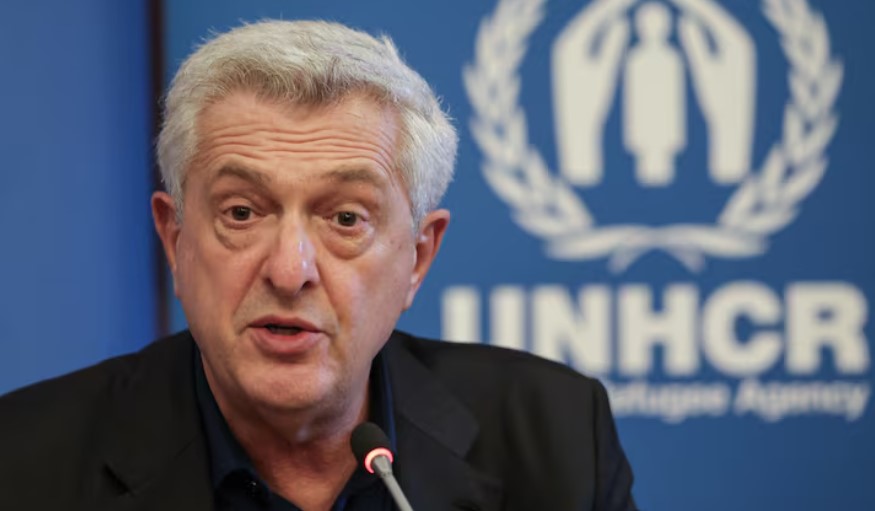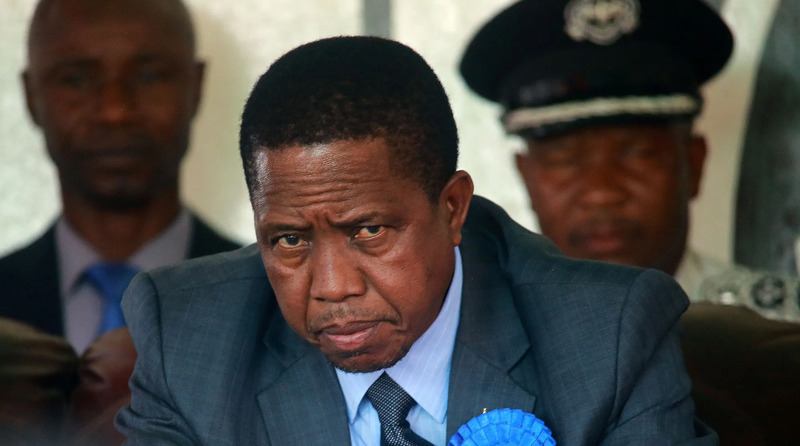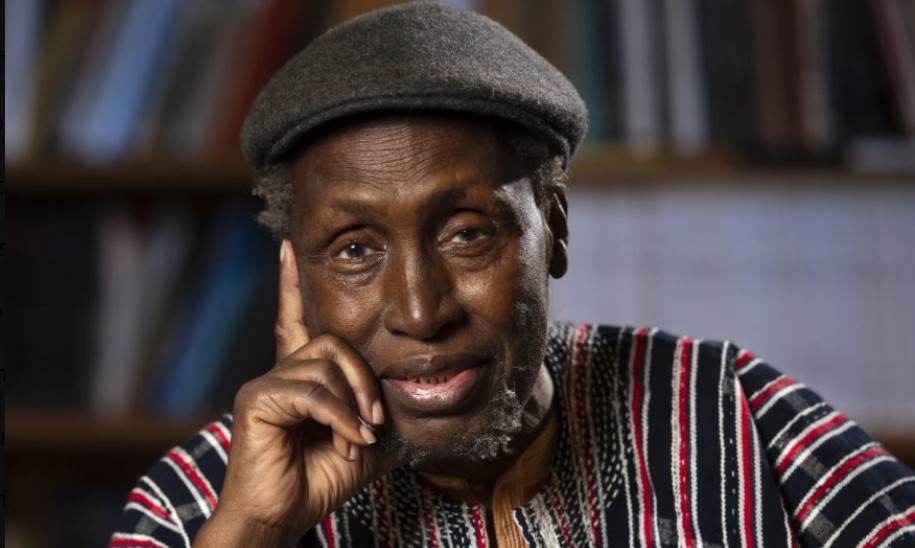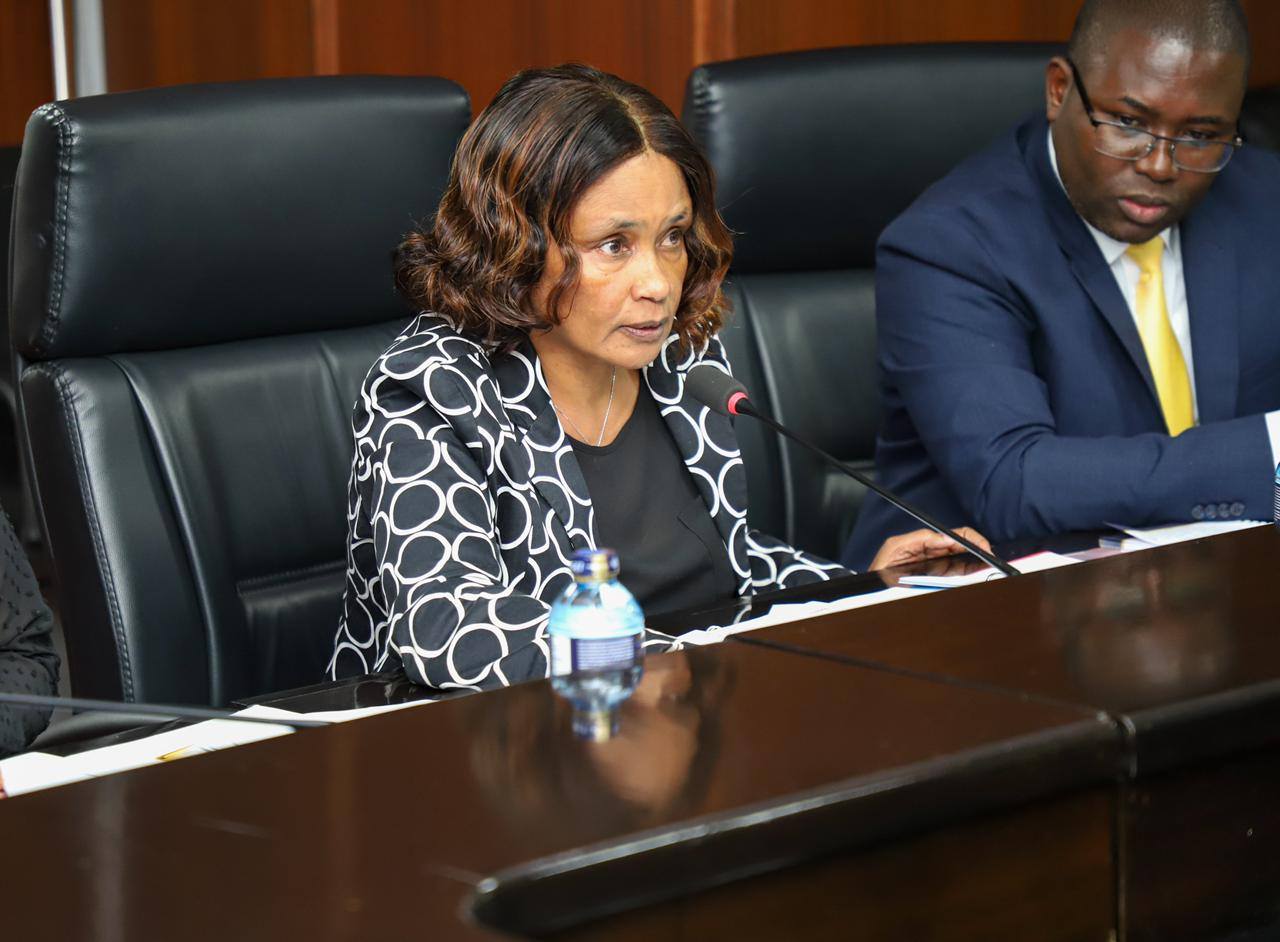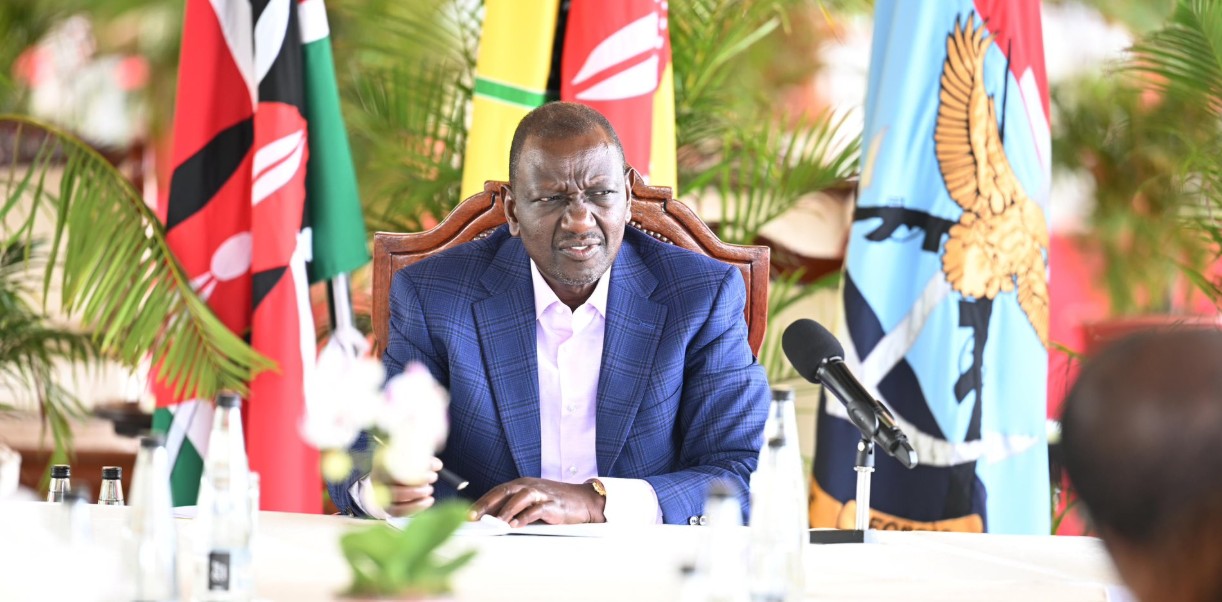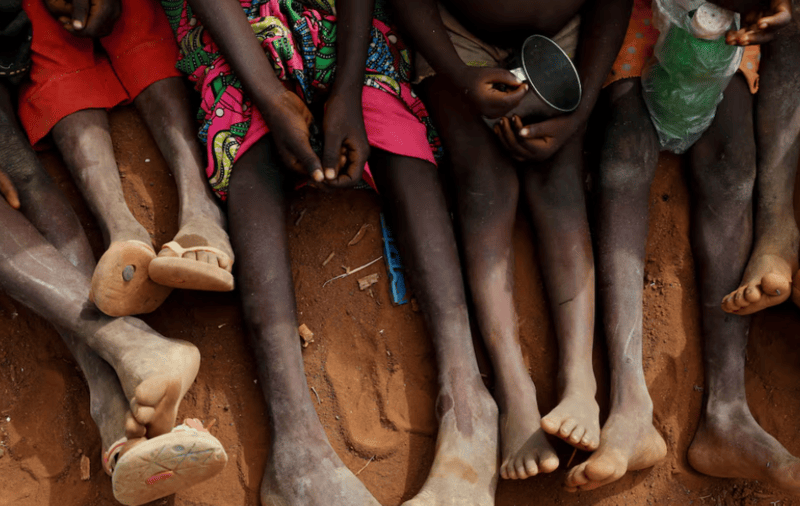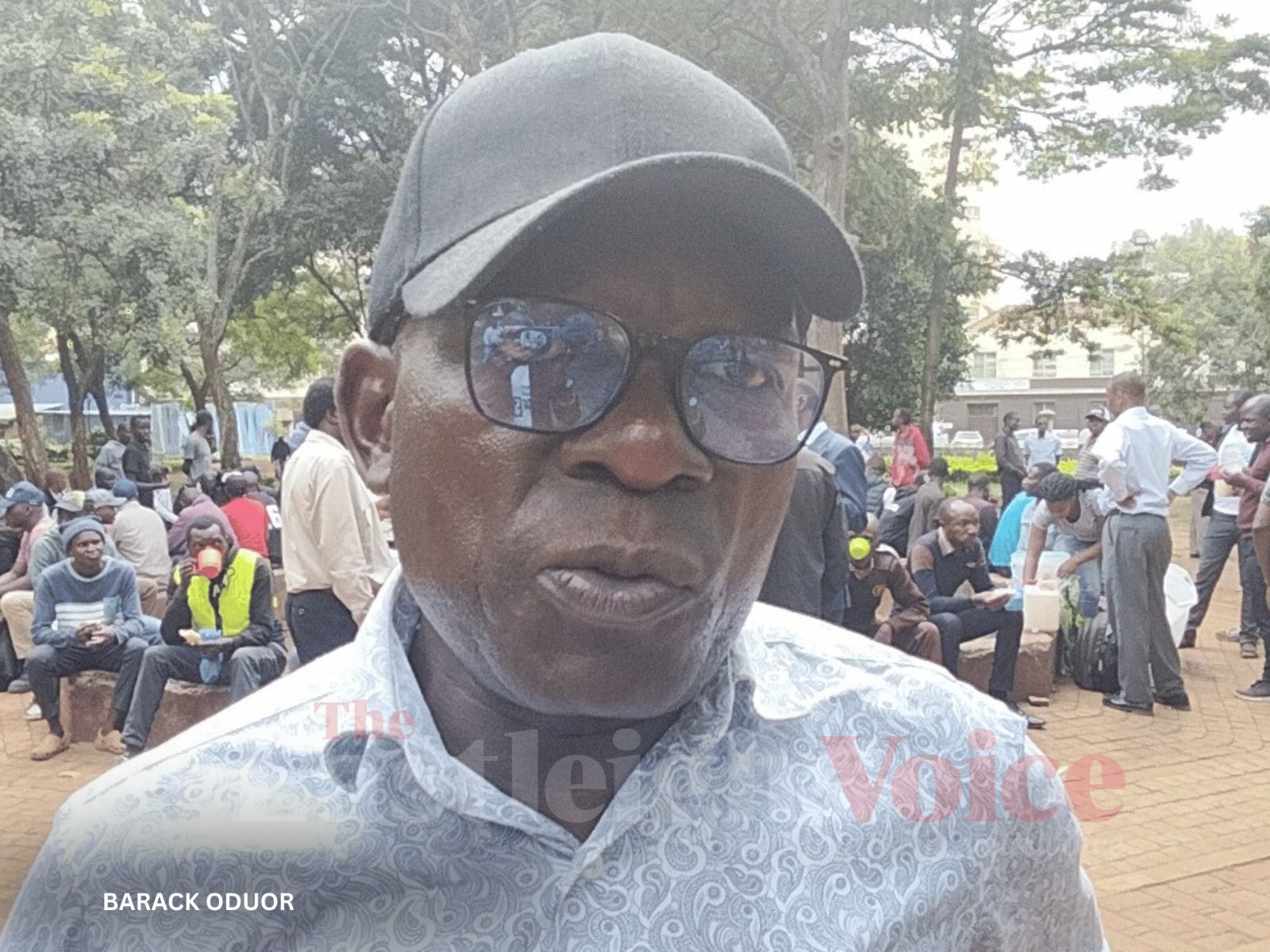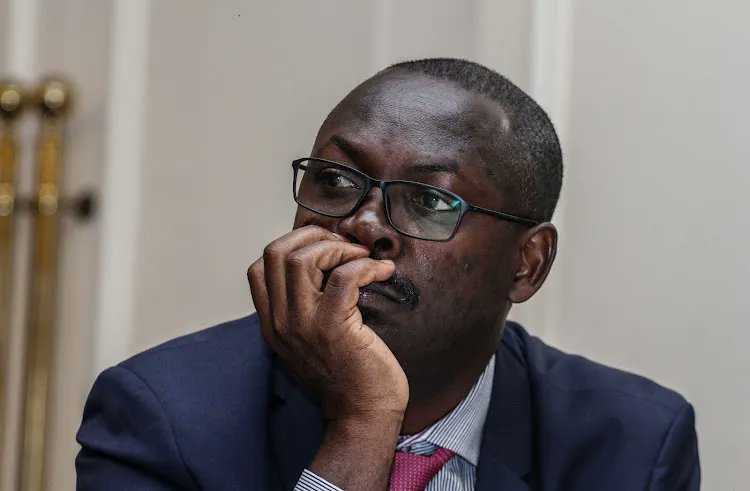Kenya emerges as major global drug trafficking gateway, new report warns
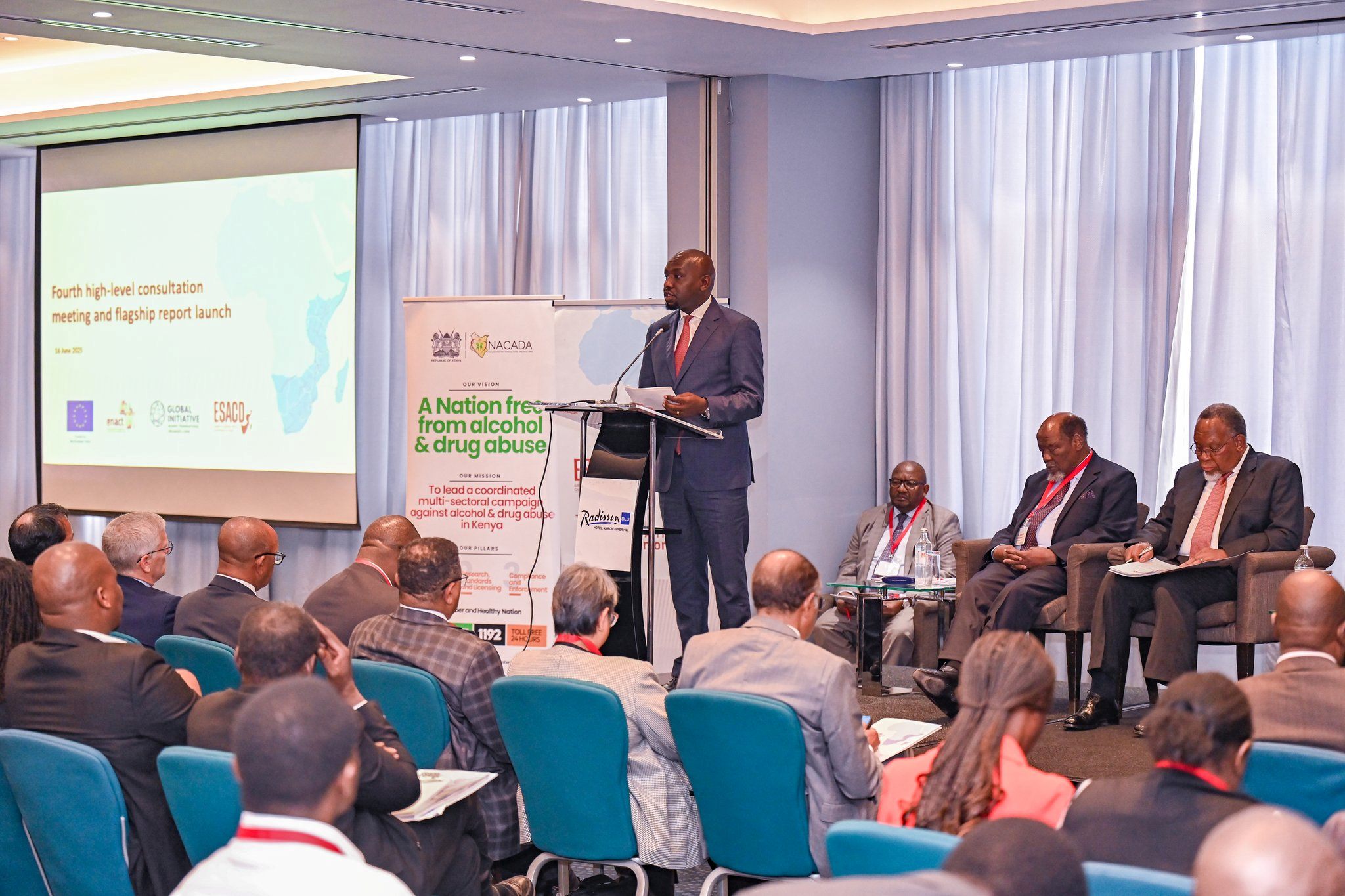
Kenya and Uganda, along with Eswatini, Malawi, and Tanzania, have been identified as major sources of cannabis in the region.
Kenya is now at the heart of a silent but growing storm, emerging as a key gateway for global drug traffickers moving heroin, cocaine and methamphetamine through Eastern and Southern Africa, a new report has revealed.
The damning findings by the Eastern and Southern Africa Commission on Drugs (ESACD), launched in Nairobi, expose how massive volumes of narcotics are slipping through the country’s ports, airports and land borders undetected, hidden within legitimate trade routes. Kenya and South Africa are now marked as critical corridors in the rising tide of drug flows across the region.
More To Read
- DCI arrests woman who had swallowed 626.25g of cocaine at JKIA
- Kenyan woman arrested in India with Sh238 million liquid cocaine hidden in lotion bottles
- Detectives crack down on Coast drug cartels by targeting key logisticians and storekeepers
- Kenyan court orders extradition of ex-Afghan deputy speaker wanted in US for drug trafficking
- Storekeeper of notorious Malindi drug cartel arrested, bhang worth Sh12 million recovered
- Narcotics consignment destroyed in Moyale as crackdown on drugs intensifies
The Commission has particularly flagged the maritime trade routes, pointing out that it is difficult to fully grasp the scope of narcotics smuggling via the region’s vast coastlines. Coastal entry points in Tanzania and central Mozambique have been identified as key channels for heroin, although varying traffic patterns and vessel types complicate enforcement and monitoring efforts.
ESACD also found that cannabis remains the most commonly used illegal drug across the continent.
Unlike cocaine and heroin, cannabis consumed in the region is largely grown and supplied locally. Kenya and Uganda, along with Eswatini, Malawi, and Tanzania, have been identified as major sources of cannabis in the region.
“While there is evidence of some additional supply from countries of neighbouring regions, Kenya, Eswatini, Malawi, Tanzania, and Uganda have been identified as important origin countries for the supply of cannabis in the region,” the report states.
The Commission further revealed that the potency of drugs circulating in the region has increased, raising public health and law enforcement concerns.
The report, launched by ESACD Chairperson and former South African President Kgalema Motlanthe, attracted several high-profile figures, including former Mozambican President Joaquim Chissano, former Mauritian President Cassam Uteem, and Kenya’s former Chief Justice Dr Willy Mutunga.
Representing President William Ruto at the launch, Interior Cabinet Secretary Kipchumba Murkomen called for a shift in drug policy to tackle the issue from a broader health and development perspective.
“We must move beyond traditional approaches rooted in criminalisation, stigma, and exclusion, and pursue a more balanced, health-centred, and human rights-based approach that addresses the underlying social and economic drivers of drug use. Sustainable solutions lie in reframing drug policy as both a public health and a development priority,” Murkomen said.
The report is critical of punitive drug laws that have dominated responses in East and Southern Africa, stating that arrests and incarceration have failed to curb drug trafficking or reduce consumption levels.
Instead, it warns that criminalisation has worsened outcomes by fuelling infectious disease transmission in prisons and communities and harming young people who are either convicted or have parents who are imprisoned.
“Decriminalisation should be considered for drug use,” the report recommends.
It adds that heavy reliance on law enforcement has seen thousands of people, including youth and children, convicted and jailed for drug-related offences. This, the Commission argues, worsens already dire social conditions such as high youth unemployment and entrenches inequality by exposing vulnerable populations to long-term disadvantages.
“Young people across the region already face the challenge of high youth unemployment, and this is exacerbated for those who use drugs or have criminal convictions. Furthermore, the incarceration of parents and guardians of dependent children has an impact on the children involved,” the report states.
“The problems caused by current drug policy approaches cut across healthcare, social care, criminal justice and education, and have long-lasting implications for young people well into adulthood.”
The report further links the region’s expanding drug trade to rising levels of corruption. It warns that profits from trafficking are enabling criminal actors to infiltrate and compromise government institutions, thereby weakening governance systems.
“The corruption of government officials and subsequent infiltration of drug profits into state processes is a powerful structural enabler of drug markets in the ESA region. Corruption facilitates the operations and growth of the illicit market, while criminal actors leverage illicit proceeds to entrench existing corruption structures and drive the creation of new ones,” the report adds.
The event also featured participation from Ondrej Simek, the Deputy Head of the European Union delegation in Kenya, and Dr Mark Shaw, Director of the Global Initiative Against Transnational Organised Crime.
Top Stories Today
